|

|
|
 - Sunday
13th January 2002; Delhi
- I've had a
wonderful day. It transpires host Ravi is a music
critic for Indian newspapers so is very well
informed about things musical. This morning host
Shashi and four of her teaching colleagues
organised a tour of significant sites for several
of us visitors. We took in, among other things,
the handicraft musiem, a number of temples and
ruins and what at first I thought must be the
Sydney Opera House, transferred to Delhi!
- This was in fact
the Bahai Lotus temple - perhaps slightly 'hyped'
up but nevertheless very beautiful. It was
overwhelming simply by its sheer size - roofs
like the Opera House sails and a massive acoustic
impact inside.
- Even more
fascinating for me and possibly far less
physically imposing - but spiritually quite
compelling - was our visit to a small Jain temple.
Jains are in effect very strict Hindus who will
not kill anything and are so determined in this
that they walk with great care and refuse to
adorn themselves with any fabric or item that
might once have been alive. Apparently the most
radical are so committed that they effectively
starve themselves to death. This temple was
elevated with views out over Delhi, and a massive
buddha-like statue of Mahendra who I understand
was a founder of the faith.
|
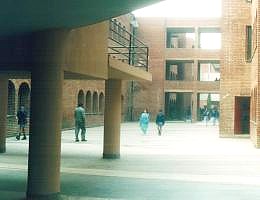 |
- Having seen the
film 'Monsoon Wedding' some days earlier we were
delighted when we arrived at a Punjabi Sikh
temple to discover that the reception for a
Punjabi wedding was being held. We were invited -
in fact expected to take part in the blessing
rituals.
- Now our colleagues
treated us to a picnic lunch in the Lohre Gardens
where it seemed many Delhi families came for
recreation and play. The gardens have old Indo-Islamic
temples still standing. Our friends had a
marvelous vegetarian spread and I was delighted
to find that a Punjabi desert of curd and palm
syrup was identical to the buffalo curd and
jaggery sauce I had so much enjoyed in my six
month's stay in Sri Lanka in 1999.
|
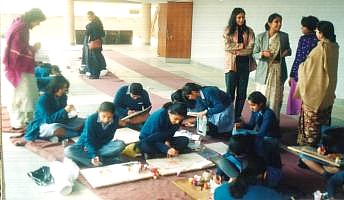
|
 |
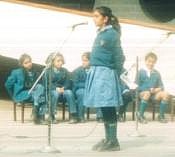 |
|
Students and staff at Delhi
Modern School
|
|
|
|
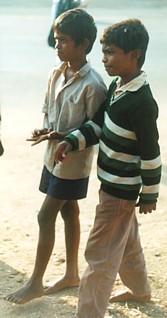 |
 |
|
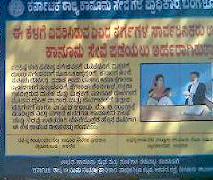 |
Students at a hill school near
Ooti
|
|
A sign in Malayalam in Kerala
state.
|
|

|

Our Australian teachers
learn an Indian Stick Dance
|



